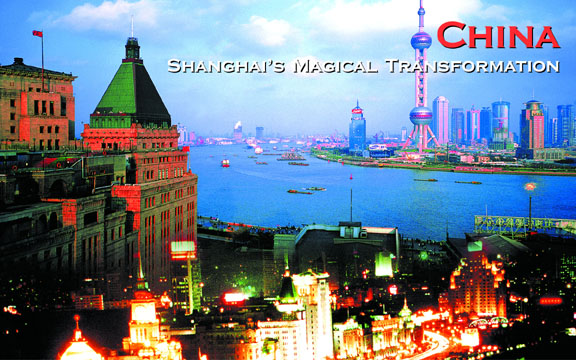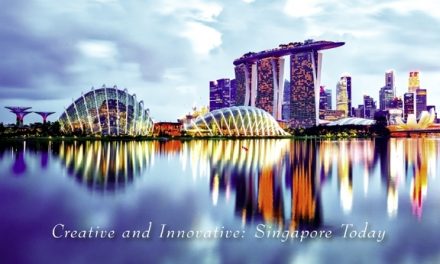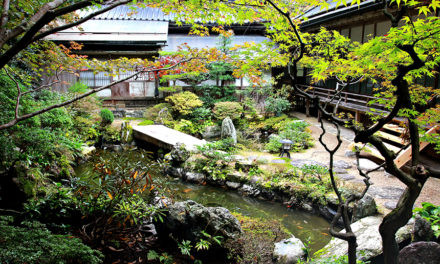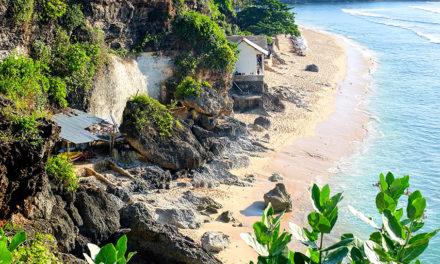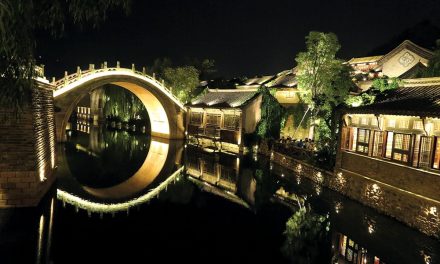China
Shanghai’s Magical Transformation
By Habeeb Salloum (habeeb.salloum@sympatico.ca)
Published in the Fall 2006 Issue of Canadian World Traveller
Photos: Habeeb Salloum & China National Tourist Office (www.tourismchina-ca.com)
As I looked around me, I marvelled at the hundreds of new skyscrapers filling Shanghai’s skyline. “It’s like magic!” my guide exclaimed, after I commented that I couldn’t believe my eyes. “If the last time you were in Shanghai was 25 years ago, you would think that a magician had been busy at work during your absence,” he continued. “The whole city has been transformed. Just see how our Bund has been modernized!”
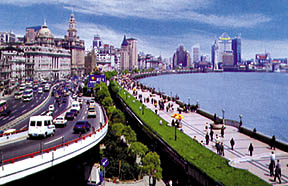
The Bund he was referring to is the city’s historic waterfront promenade that runs along the Huangpu River.
From the mid 18th century until World War II, the bustling Bund served as China’s economic bridge to the rest of the world. But at night, it morphed into the country’s party town, giving Shanghai its then reputation as the ‘Paris of the Orient’.
After the war, the Bund fell into nearly 50 years of semi-darkness under past Communist regimes. However today, the lights along the Bund shine brightly once again, making it a beacon of China’s astounding reawakening.
The New Shanghai
Shanghai’s new sky-reaching structures belie its recent bleak past. The city now sprawls over an area of 6,341 sq km (2,448 sq mi). With an ever-growing population of 17 million, it is evolving into the city of the future, one destined to be unmatched by any other urban centre on the globe.
Once known as a city of adventurers and the place where the Communist Party of China was first established, the largest metropolis in China has been transformed into a modern forest of glass, concrete and steel high-rises. And as the major economic and industrial centre of the country, Shanghai has become the city of achievement for all those dreaming of wealth and power.
City of Dreams
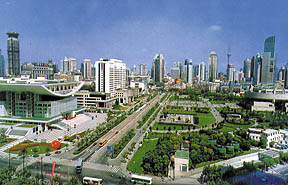 Many call it the ‘City of Dreams’, as Shanghai rushes relentlessly onwards to affirm its status as an international economic giant. As evidence of this, the city is home to the Shanghai Stock Exchange, the largest in Asia; the pagoda-inspired Jin Mao Tower, which is the third tallest building in the world; and the largest department store in all of Asia.
Many call it the ‘City of Dreams’, as Shanghai rushes relentlessly onwards to affirm its status as an international economic giant. As evidence of this, the city is home to the Shanghai Stock Exchange, the largest in Asia; the pagoda-inspired Jin Mao Tower, which is the third tallest building in the world; and the largest department store in all of Asia.
Business opportunities, cultural activities and ongoing improvements in tourist facilities have become the undisputed hallmarks of Shanghai. This vibrant urban centre is now the showcase of China’s remarkable transformation.
A Romantic Past
Even though Shanghai has been transformed into a 21st-century industrial powerhouse, it still draws tourists for its romantic and rather risqué past, when it was an international open city that didn’t conform to the rules, regulations and laws of any country.
In the era before the Second World War, it had been known as a prominent centre of wealth and trade, but it was also called ‘the wickedest place on earth’. Its merchants, tycoons and early towering skyscrapers (most of them constructed with ill-begotten money), along with its shady collection of adventurers and drug dealers, earned it both fame and notoriety throughout the world.
Today, visitors travel here from all over the globe to live in this dream world of the past, anxious to relive the time when the city was an exotic world of excitement, espionage and romance. It was a time when Shanghai had the most modern amenities in all of Asia, if not the world. Its early innovations were so famous that visitors still come to gaze in wonder at what remains of that golden age.
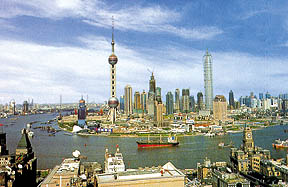
The Bund
Lining both the eastern and western banks of Huangpu River, the 1.5 km (1 mi) long Bund was in the past and continues today to be the city’s throbbing heart. The word Bund is a corruption of the Hindustani word ‘band’, which means causeway or promenade.
The Bund along the eastern bank is dominated by modern structures, such as the Oriental Pearl TV Tower that seems to be reaching for the heavens. Visitors can catch a panoramic view of the city from the 263 m (826 ft) high upper sphere of this remarkable city landmark. The towering edifices mushrooming on the skyline of the eastern bank are a vivid reflection of China’s rush into the 21st century.
The Original Bund
The original Bund runs along the western bank of the river. The architecture of its structures is a diverse mixture of Baroque, Gothic, Romanesque and early 20th-century styles. A good number of these once neglected buildings have been restored to their former magnificence and given a new lease on life. Banks, nightclubs, restaurants and boutiques are now housed in these renovated buildings that together constitute a dazzling showcase of world architecture.
What makes this part of the Bund attractive is its wide promenade. In the morning, one sees the locals performing Tai Chi exercises or just relaxing. During the day, locals as well as tourists stroll along the promenade enjoying the cool river breeze and the view of the awe-inspiring structures across the water. In the evening, the Bund becomes a world of dazzling lights. When these are turned on at night, the whole area becomes a magical and enthralling world.
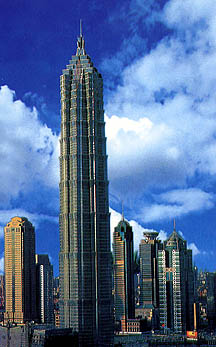
Jin Mao Tower
The ultimate way to view the Bund and to see with one’s own eyes how Shanghai is being reincarnated is at night from the 340 m (1,115 ft) high skywalk atop the 88th floor of Jin Mao Tower. This is the largest and highest observation deck in China.
The wonderland of brightly lit structures seems to outshine the moon and the stars above. This fabulous and overwhelming nightly display of colourful lights turns the Shanghai night into day.
The only thing that spoils the appeal of the Bund, as well as some of the other tourist sites in China, is the ever-present street vendors. They mostly try to sell tourists fake Rolex watches and can mar the joys of taking a leisurely stroll, as it is almost impossible to avoid their persistent sales pitches.
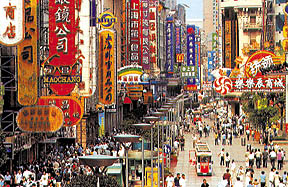
Nanjing Road
When exploring the Bund, travellers should not miss Nanjing Road, the foremost place to shop in Shanghai. Honoured as the country’s ‘Number One Street’, the pedestrian-only section of the road has become well known as a huge open-air shopping mall that caters to the thousands of tourists who visit the city each year.
Shops selling traditional Chinese goods vie for space with modern Western chains. It is China’s largest shopping centre and a hub of business activity. It’s always overcrowded, but it’s a must for anyone visiting Shanghai.
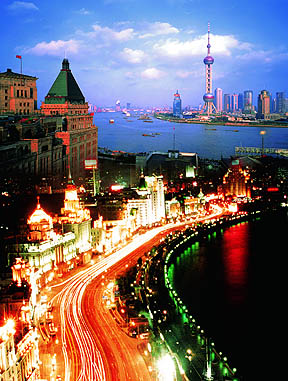
Welcome to Modern China
Today, after years of stagnation, Shanghai is reclaiming its former glory as a major trading centre. It is now one of the world’s leading commercial and industrial metropolises. Its revitalization is not only evident on the Bund, but in every sector of this huge urban centre.
Old buildings are being restored, new roads constructed and older ones widened, while modern technology of every kind is accessible to the businessperson and tourist alike.
All this confirms that a visit to Shanghai is a must for any traveller who really wants to discover modern China and witness its mind-blowing rush into the 21st century.
After spending only a half-day strolling along the Bund and shopping on Nanjing Road, I developed a feel for the mushrooming, dynamic New China. I quickly realised that my guide’s words, “It’s like magic”, had become in my own eyes, a stunning reality!
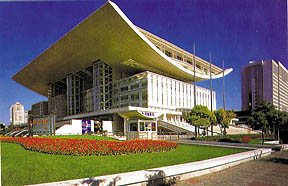
For More Info:
China National Tourist Office
Toll-Free: 1-866-599-6636
www.tourismchina-ca.com

